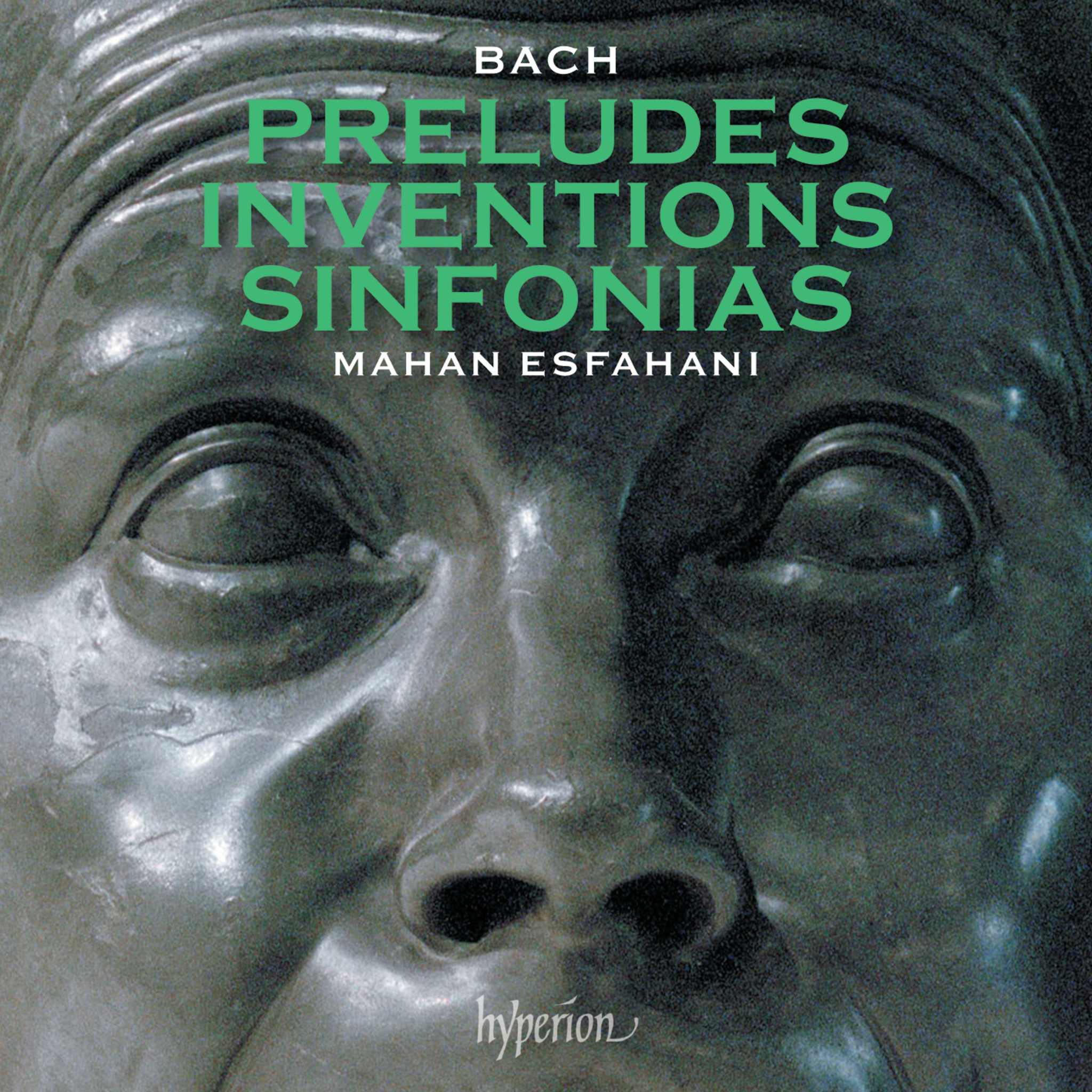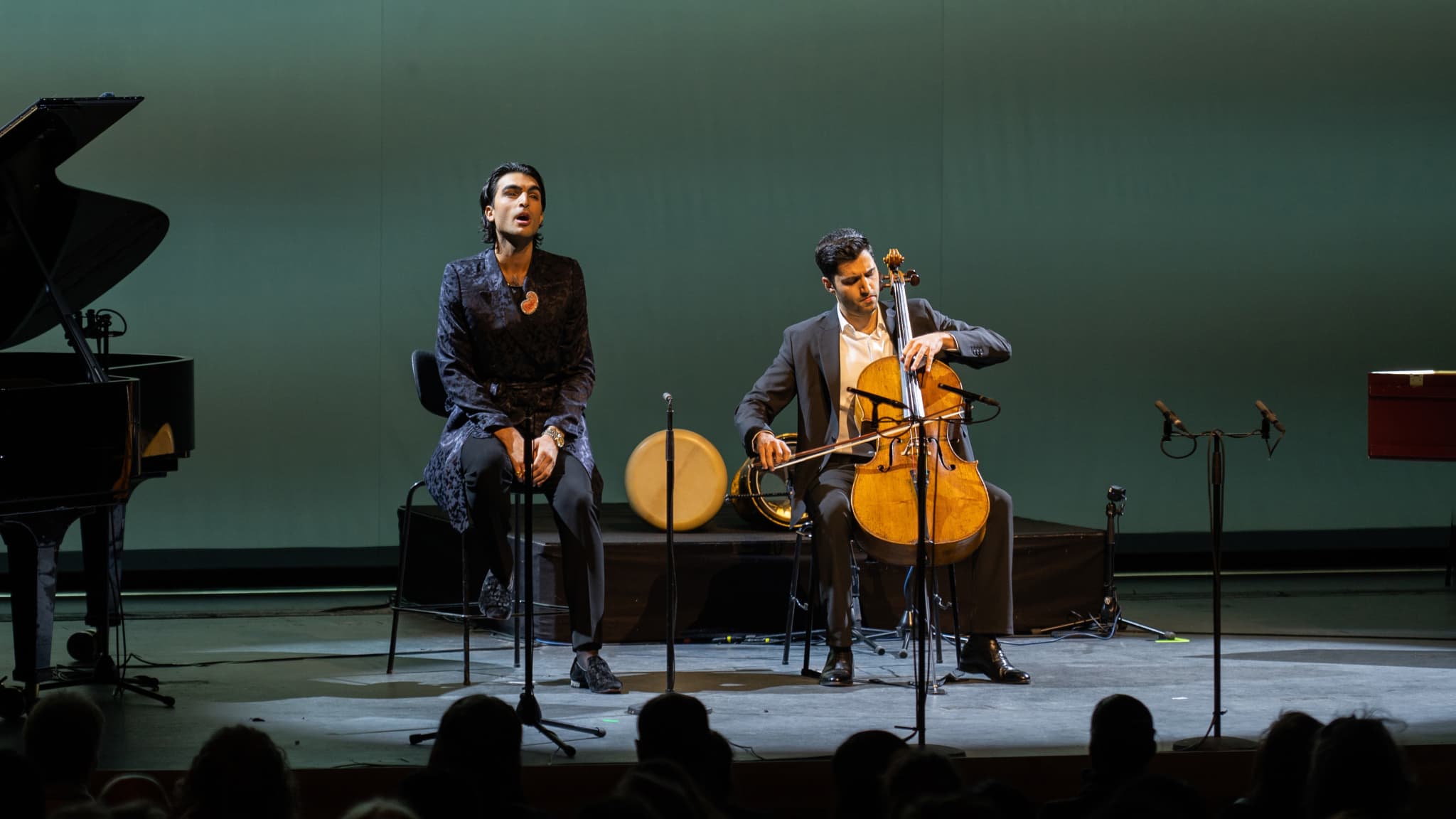Album insights
Bach struggled with the musical ignorance of his superiors during his time as the Cantor of Leipzig's Thomaskirche from 1723 to 1750. Despite his initial respect and obedience upon starting his service, the city council failed to appreciate the wonderful contributions he made to Leipzig's musical scene, repeatedly denying him the improvements he requested. Frustrated by the situation, Bach wrote to his friend Georg Erdmann in October 1730, seeking help in finding a new position due to the lack of support and constant challenges he faced. Although there was no trace of a response to his letter, Bach remained in Leipzig for the rest of his life. Despite the challenges, he eventually received the title of "Royal Polish and Electoral Saxon Court Composer" in 1736, largely thanks to Baron Hermann Carl von Keyserlingk's influence.
Keyserlingk, later elevated to Reichsgraf, was appointed by Catherine the Great as the Russian envoy to the Dresden court. His passion for music led him to gather talented instrumentalists at his Neustadt estate, including the gifted harpsichordist Johann Gottlieb Goldberg. Trained by Bach's son Wilhelm Friedemann in Dresden, Goldberg was sent to Leipzig in the early 1740s to study under Bach himself. His reputation as a virtuoso spread quickly, with stories of his ability to play anything at sight, even upside down! The circumstances surrounding the creation of the "Goldberg Variations," as relayed by Bach's biographer Johann Nikolaus Forkel, paint a picture of creative inspiration and deep musical connection.
The "Goldberg Variations," considered a significant part of Bach's Clavierübung series, display an intricate and well-structured musical journey. Built on a solid foundation with a mix of variation types, including canons and toccatas, the work showcases Bach's compositional genius and technical prowess. Each variation adds a unique layer of complexity and charm to the overall composition, culminating in a lively and inventive finale known as a quodlibet, where popular tunes of contrasting character are playfully interwoven.
Bach's masterful composition in the "Goldberg Variations," filled with emotional depth and technical brilliance, continues to captivate audiences and musicians alike. The work's therapeutic quality and ability to instill a sense of beauty, joy, and fulfillment resonate deeply, offering a glimpse into the divine complexity of Bach's musical world.








